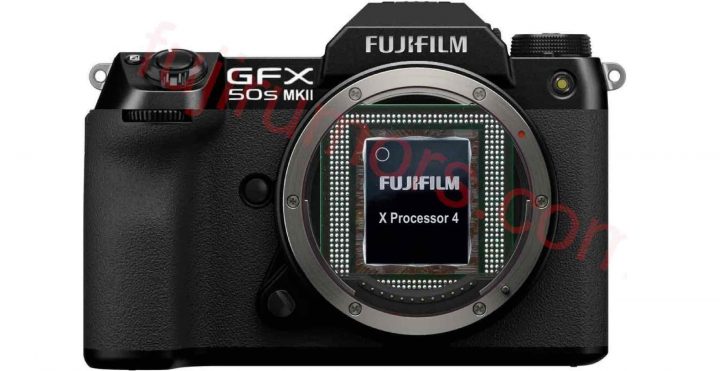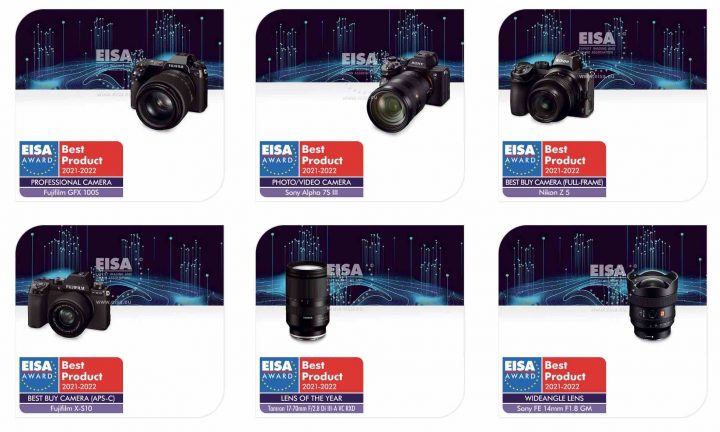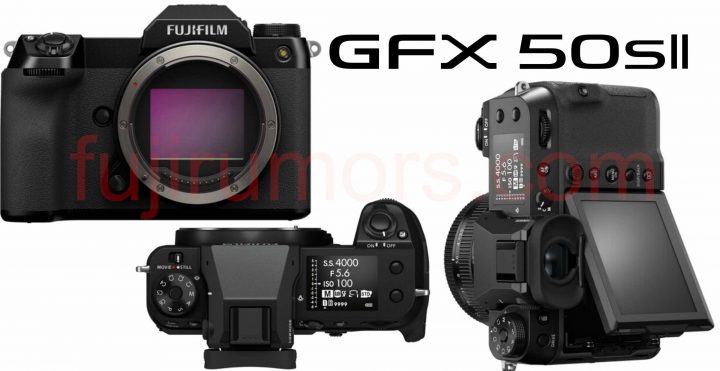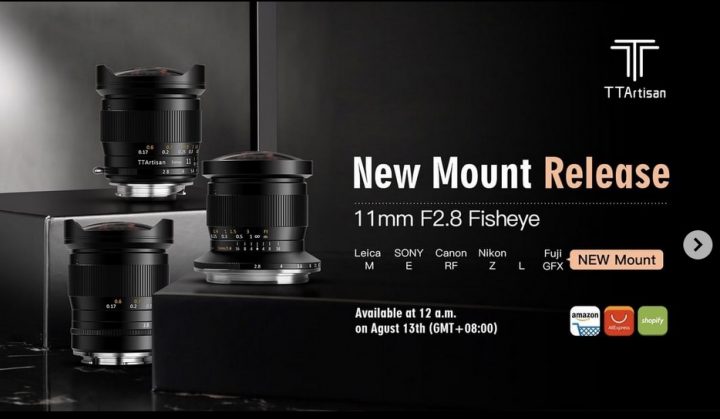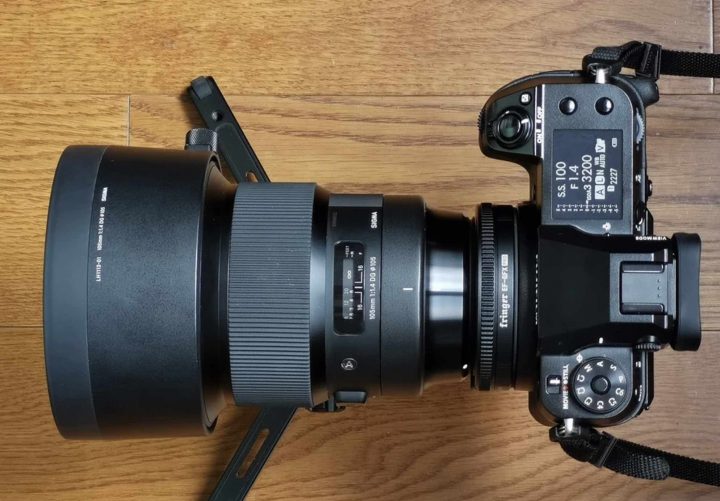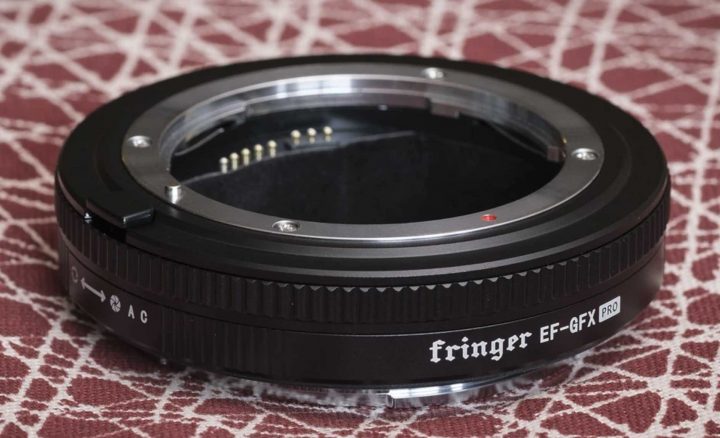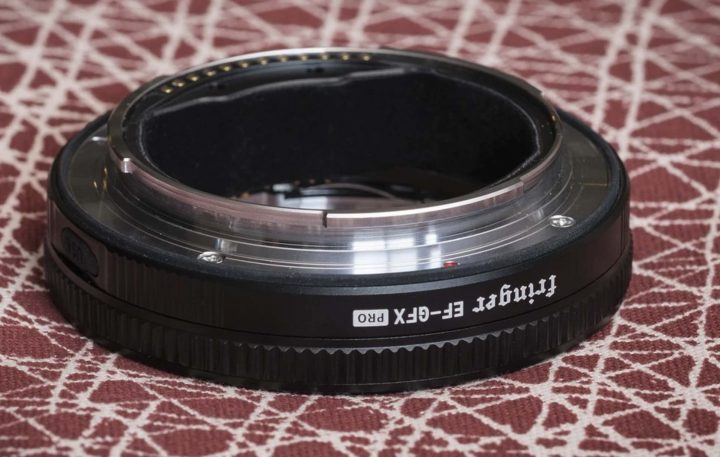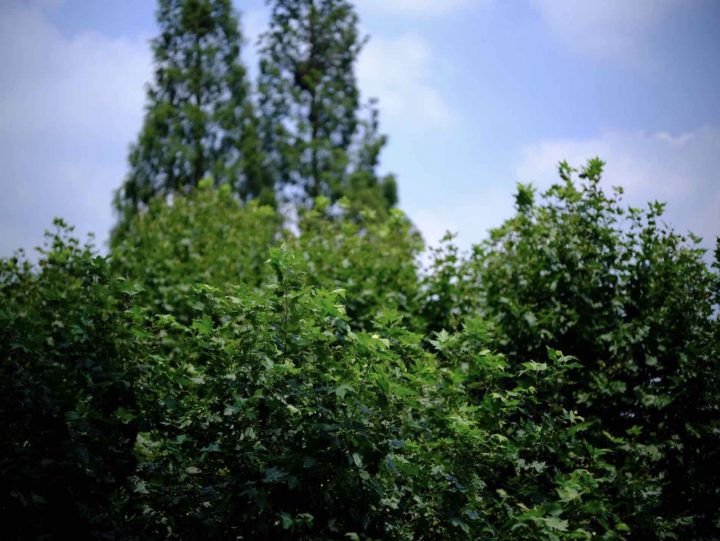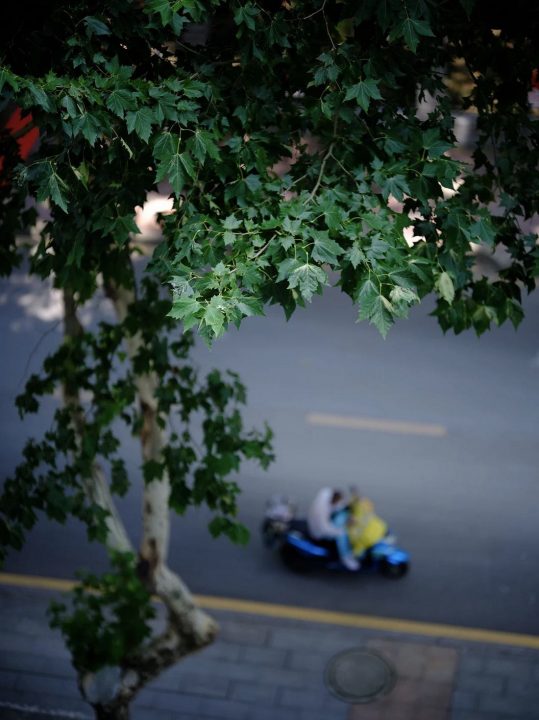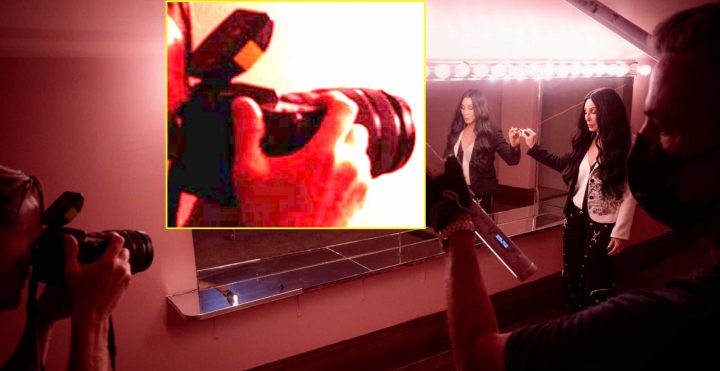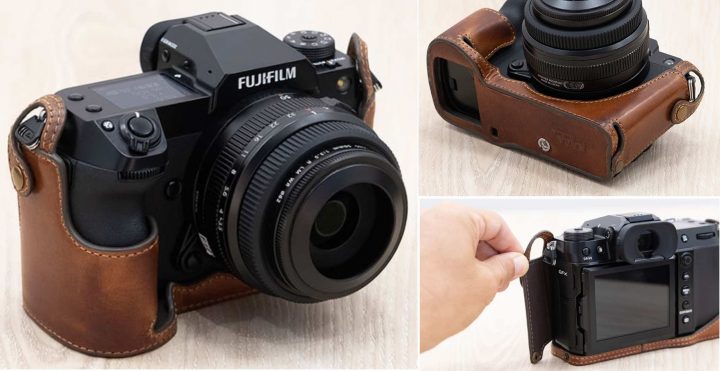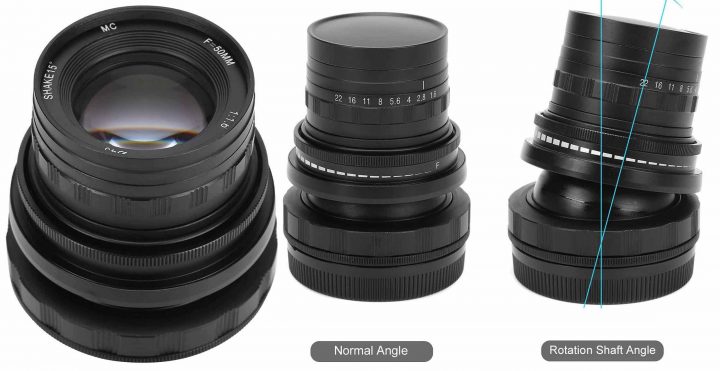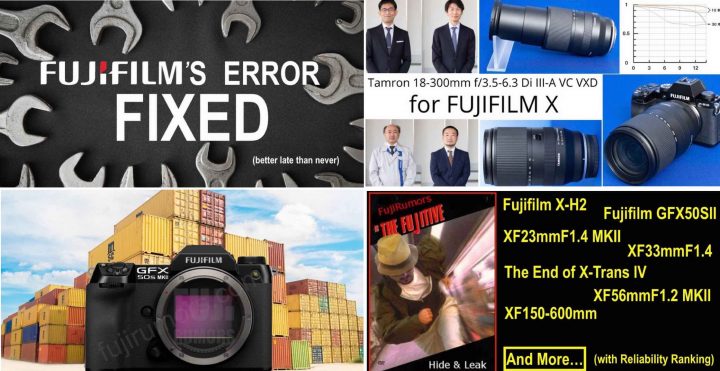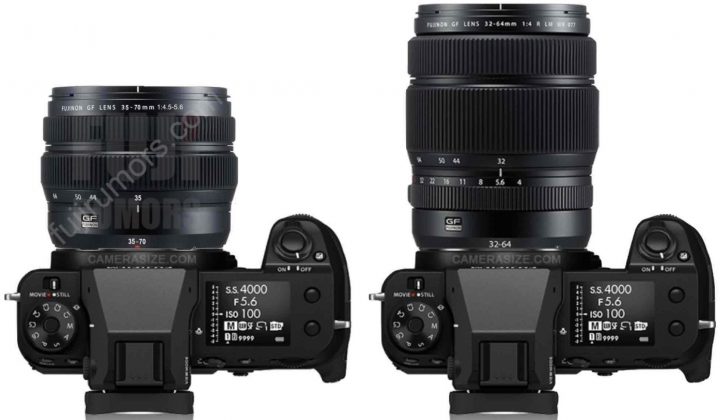Fujifilm GFX50SII has X Processor 4 for Faster Autofocus and Nostalgic Negative Film Simulation
According to our sources, the Fujifilm GFX50SII will feature Fuji’s currently most modern processor, the X Processor 4.
We remind you that the original Fujifilm GFX50S uses the previous generation processor, the X Processor Pro.
That’s quite a big deal, as it will allow the Fujifilm GFX50SII to focus faster than its predecessor and also to have all the latest film simulations including the lovely Nostalgic Negative simulation.
To be clear, I doubt it will focus as fast as the Fujifilm GFX100S, as the Fujifilm GFX50SII will still feature a non BSI sensor. But the new X Processor 4 will surely be able to squeeze out all what’s left in terms of AF power from that 50 megapixel sensor.
I believe Fujifilm is about to drop a serious winner on the market.
A specs recap can be found below.
- Fujifilm GFX100S: BHphoto / AmazonUS / Adorama / Focuscamera
- GF 32-64mmF4 (save $500*): BHphoto / AmazonUS / Adorama
- GF 50mm F3.5 (save $200*): BHphoto / AmazonUS / Adorama
- GF 45mmF2.8 (save $200*): BHphoto / AmazonUS / Adorama
*mail-in rebate ends August 22. Pay full price and then get a $500/$200 pre-paid Mastercard back after your purchase. Check out this Fuji page to claim back your money
The GFX Community
Follow FujiRumors: Facebook, Flipboard, Instagram, RSS-feed, Youtube and Twitter

